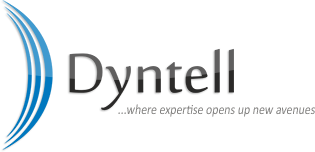Customizable general ledger system
Accounting logs forming the basis of the general ledger and how they function can be configured according to your needs. These will be perfectly integrated with your business' record-keeping requirements. The program provides a broad range of break-down options so that you can deal with accounts receivable and payable separately. Within that, you may also choose foreign exchange, import/export suppliers and transport logs. Accounting is document-based, meaning that accounting units always produce one booked document. What exactly constitutes a unit may differ; for instance, in the case of buyer-transport, the invoice itself is the booked document, but for a bank even a bank report could be considered a unit.
